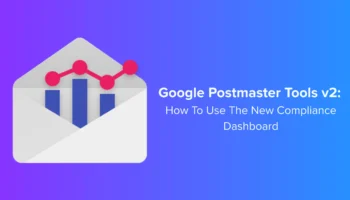Customer journeys in personal finance are becoming increasingly complex. Consider a consumer looking for refinancing options for a student loan. Their journey begins with an online search that leads them to a personal finance brand’s website. They browse loan options but don’t take action.
Later, they receive a personalized email showcasing refinancing offers based on their browsing history. Curious, they click the link and begin filling out an application on the mobile app but pause midway. The next day, they receive an app notification reminding them to complete the process, along with a tailored incentive to encourage them to finish.
This type of multi-touch, multi-channel journey is common in personal finance. Customers interact with brands across multiple platforms, expecting each experience to be connected and relevant.
But for marketing teams, connecting these touchpoints isn’t easy. Siloed data and disjointed tools often prevent brands from delivering a seamless experience, leading to lost engagement opportunities and customer frustration.
TL;DR:
In personal finance, customers interact with brands across websites, apps, email, and more—expecting each touchpoint to feel connected. Cross-channel marketing intelligence gives marketers the unified view and real-time insights they need to deliver seamless, personalized journeys that build trust and drive conversions.
- Unified customer view: Consolidate data from all channels to understand the full customer journey.
- Journey mapping: Visualize paths from awareness to conversion and identify drop-off points.
- Real-time adaptability: Adjust campaigns instantly based on changing customer behavior.
- Consistency across channels: Align messaging and offers for a cohesive brand experience.
- Proven performance gains: Use actionable insights to optimize campaigns and boost engagement.




